
Teshima Art Museum in Japan by SANAA
Source
Teshima Art Museum
Teshima Art Museum
Publisher
Petr Šmídek
22.10.2010 10:25
Petr Šmídek
22.10.2010 10:25
Ryue Nishizawa
Kazuyo Sejima + Ryue Nishizawa SANAA
On the Japanese island of Teshima, an exhibition pavilion designed by architect Ryue Nishizawa and artist Rei Naito opened on Sunday, October 17, 2010. This small island had been used for storing industrial waste since the 1980s. It wasn't until 2000 that the authorities addressed local citizens' complaints about environmental pollution. Now, the island is beginning to thrive again with the help of museum buildings from Japanese architects. The SANAA project is subtly placed in the renewed landscape of rice fields. The reclamation of the island is also aided by the local inhabitants with their traditional farming methods.
The pavilion by SANAA was created as a contribution to the Setouchi International Art Festival, which will showcase the works of 75 artists from eighteen countries on eight Japanese islands. Each island was once characterized by a distinct cultural profile. However, as a result of globalization and significant demographic changes, they are becoming increasingly homogeneous. This art festival aims to contribute to the revival of typical island cultures.
The SANAA project resembles a droplet of water resting on a hill from where visitors can gaze out at the inland sea. The concrete shell offers a single exhibition room measuring 40 x 60 meters and 4.5 meters high. The ceiling has two oval openings through which light, air, and sounds enter the museum. This creates a direct connection between nature and architecture. The main idea of the designers was for the internal atmosphere to change with each hour as the day and seasons flow by.
More information >
The pavilion by SANAA was created as a contribution to the Setouchi International Art Festival, which will showcase the works of 75 artists from eighteen countries on eight Japanese islands. Each island was once characterized by a distinct cultural profile. However, as a result of globalization and significant demographic changes, they are becoming increasingly homogeneous. This art festival aims to contribute to the revival of typical island cultures.
The SANAA project resembles a droplet of water resting on a hill from where visitors can gaze out at the inland sea. The concrete shell offers a single exhibition room measuring 40 x 60 meters and 4.5 meters high. The ceiling has two oval openings through which light, air, and sounds enter the museum. This creates a direct connection between nature and architecture. The main idea of the designers was for the internal atmosphere to change with each hour as the day and seasons flow by.
More information >
The English translation is powered by AI tool. Switch to Czech to view the original text source.
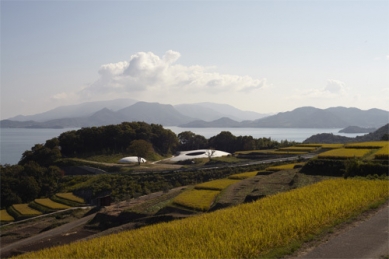
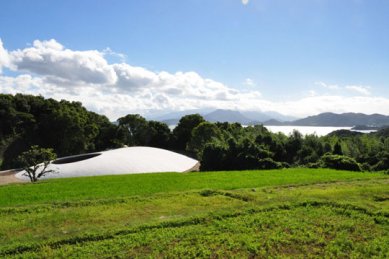
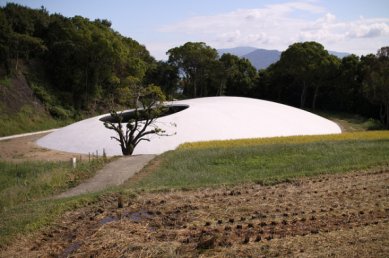
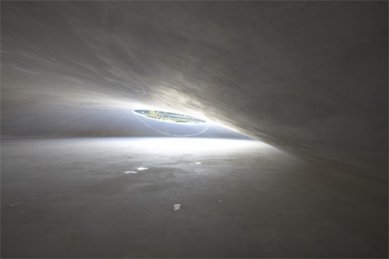
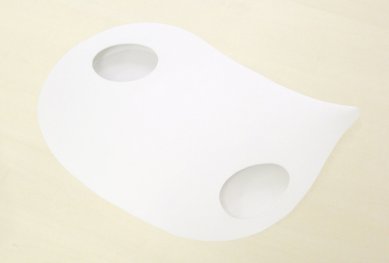
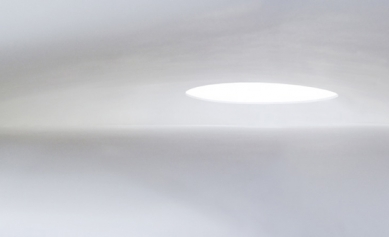
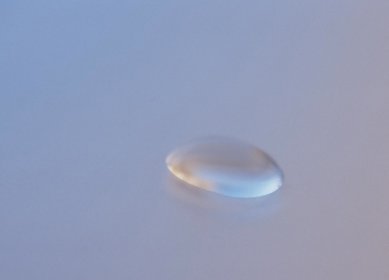
0 comments
add comment











